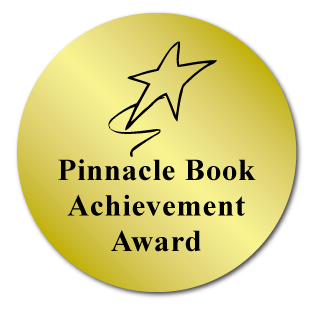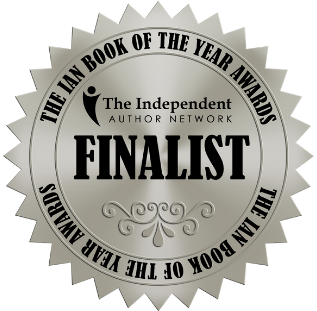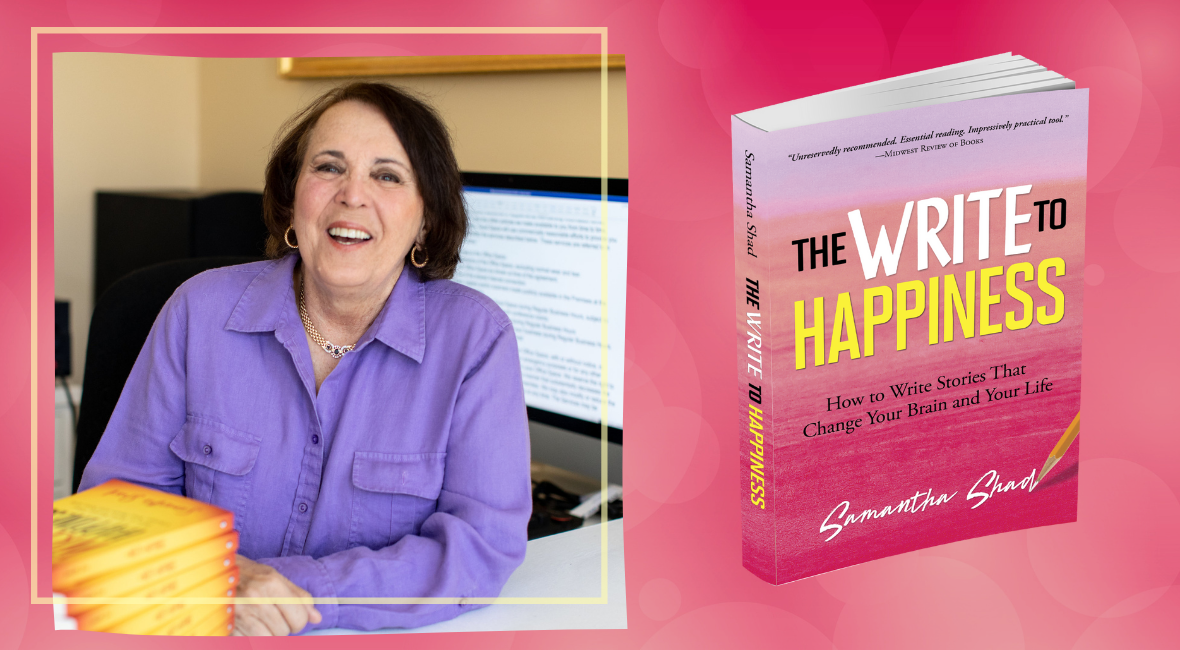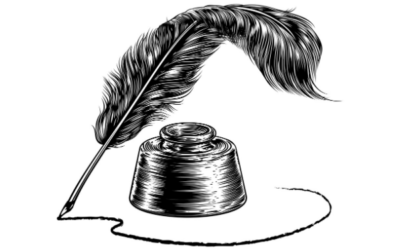
CHARACTER
“Character” has two relevant definitions. First, characters can be the roles in a fictional piece, the dramatic persona, for example The Father or The Boss. These characters tend to have specific ages and particular physical features. Often, these are the people you wind up with when you use software or questionnaires to define your characters.
Second is the question of character: the ethical or moral standards at the heart of the matter, or the internal landscape that affects the external behavior. Simply, the heart of the person. As writers, when we speak of character, we speak of this internal landscape brought out by behavior. While there may be many roles in any piece, this heart and soul is the character of your hero and also your villain. It always means the sum of the spirit and emotional history of the person and the behavior that we can see as a result. It is deeper and more significant than a role, and it is what you want your main character to have. If we want to touch the soul of our readers, we must share our own. Character is the map of the nooks and crannies of the heart.
For our purposes, character always means this internal map or psychological picture of the person. It is never the physical description of a person in your story, though if the physical descriptors of any sort help guide you to their internal material, that’s useful.
What about all the other roles in your story? Your two main characters need to be well developed and nuanced because the character of the protagonist and antagonist determines a lot of your story. The characters of the other roles do not serve the story, they serve the main characters. In other words, they can be important, but they are ancillary to the core of your story. When you have a story idea and maybe a few other scenes or elements of your finished product, you need only two characters: Your protagonist, the character we will root for, and the antagonist, the bad guy or character that stands in opposition to the protagonist. These two characters will embody the conflicts, both internal and external, that form the core of your writing.
All the other characters, romantic interests, threshold guardians, comic relief, ghosts, mentors, the whole bag full of people you will need later on to tell your story, are just distractions now. Put them back on the shelf, tell them you’ll get to them when you need them, and not a moment earlier than that. We can put in the love interest and the mean boss later. Don’t get sidetracked.
How can you develop great characters? Read on…
Best Book in the Category
of WRITING CREATIVITY

2020 IAN Book of the Year Awards
Category of Self-Help / How-To

What People Are Saying About The Book!
“…does a wonderful job helping the writer become their most effective storytelling self.”
“There are so many ‘how to write’ books on the market that a wannabe writer might wonder at the need for yet another, let alone how to make a choice between them. Wonder no longer, because The Write to Happiness is a standout on the subject. It is distinctive because of its ability to cover the basics of crafting ideas into plot, character, setting, and premise into a wider-ranging analysis of what writing ultimately teaches both reader and author.”
This cogent guide to storytelling also advocates the use of writing as a tool to improve one’s life through the written word. Shad identifies the “rules of writing to happiness” in straightforward steps, with an emphasis on using creative writing to view life’s problems through the lens of narrative. The first section is an excellent resource for aspiring and novice writers, with chapters that explore storytelling, developing characters, and plotting. Shad effortlessly expands and builds upon each element of writing as the book progresses. Having addressed the “how” of writing, the second section explores the “why.” Shad delves deeper into explaining her belief that one can rewire the brain through expressive writing, thus writing oneself to happiness.
The detailed chapters on the basics of writing will appeal to novice writers just beginning to explore the craft. Shad begins at the very beginning, discussing where ideas come from, how to develop a protagonist and antagonist, and how to structure a plot. Her style is engaging and entertaining while staying highly informative and providing firm guidance: “There are no awards for having the most characters, subplots, and storylines. Aim to go deep, not wide.” Shad encourages the reader to jump ahead in certain areas of the book to try their hand at a particular exercise. This will go over well with readers who are hands-on learners and with writers already well-versed in the basics.
This guide caters to writers in the broad sense of the word, providing useful analysis for professionals, as well as for people who journal and write recreationally. Novices can rely on the wealth of information presented as a learning tool, and seasoned authors can peruse the work as a refresher course or learn more about writing and the brain. The writing exercises and worksheets are relevant to all skill levels. Readers with interest in creative writing or journaling will find this tool well worth investigating.
CHECK OUT MORE ON THE BLOG!
The Write To Happiness and the Eternal Question: What Should I Write?
The Eternal Question: What Should I Write?How can you find the story you are supposed to write? The most important truth to carry with you as you journey forth to find your next story is: it doesn’t matter how you find your next story. Writing a story that can change...
The Write To Happiness: What Is A Story?
The Write to Happiness: What is a Story?The basic unit of writing to happiness is the fictional story. A story is a specific unit. It has a beginning, middle, and end. It has a protagonist and an antagonist. It has a theme, though usually you can wait it out and...
My Favorite Quotes
Favorite Quotes“A guy comes home from college to find his mother sleeping with his uncle, and there’s a ghost running around. Write it good, it’s Hamlet; write it bad, it’s Gilligan’s Island.” Lorne Michaels “Remember: when people tell you something’s wrong or...



